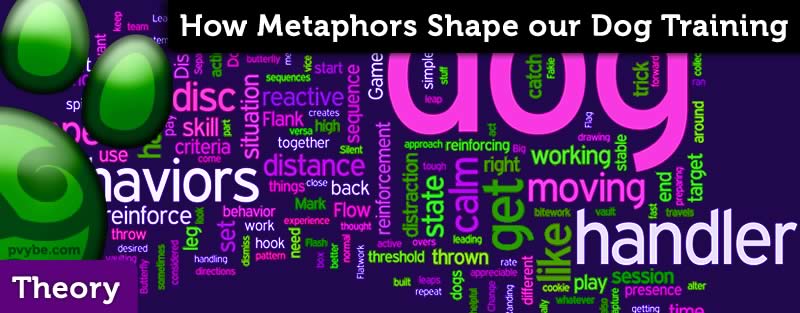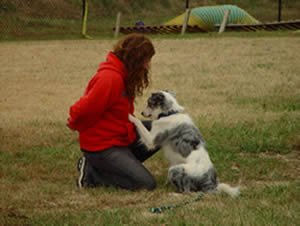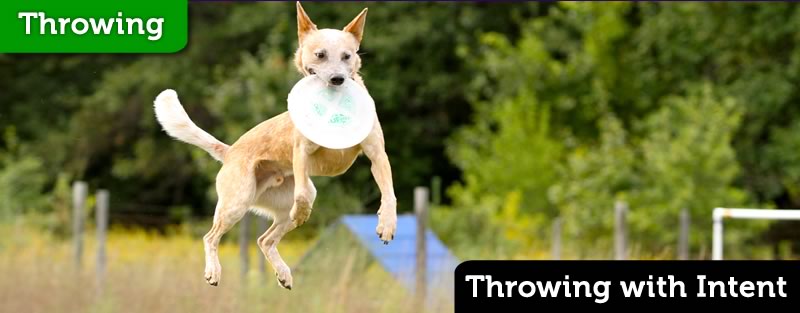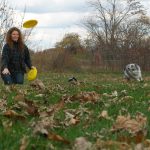
Metaphor and Understanding in Dog Training
I came across this interesting article over on Google+:
How Metaphors & Analogies Influence Your Thinking
Metaphors and analogies in general often distort our thinking in hidden ways, by drawing attention disproportionately to what fits and obscuring what doesn’t get highlighted in the analogy. As Einstein noted, “we should make things as simple as possible, but not simpler.” The question is whether some of your favorite metaphors for thinking about complex subjects, such as the economy, leadership, joint ventures, team work, or competition actually offer you flawed or simplistic analogies.
While the article is about politics and economics for the most part, the underlying premise that metaphors shape our understanding and behavior in profound ways is totally applicable to dog training. Check it out, it’s quite interesting.
Metaphors are Powerful Tools
In our business, teaching people to do cool things with dogs, we rely on metaphor all the time to communicate complex ideas.
A metaphor can be tailored to a specific client or a team and can be used to help them succeed with their dog. Sometimes that means just simplifying the situation and placing the focus on the things we need to succeed, and sometimes we try to completely reframe the handler’s understanding.
Epic Reframe
One of my favorites is when you ask someone to stop trying to control their dogs. “Let’s just let the dog choose to sit, on their own, at the door – no cue…”
“Sit, sit…”
“Great, now this time, don’t cue it.”
“Sit, sit…”
Some people have a real problem with allowing the dog choice — it just doesn’t compute. “Dogs are supposed to do what I tell them,” and that’s that.
I love to flip that conventional wisdom and talk about the dog’s responsibility. “Don’t tell him to do that. It’s his job to make that decision. It’s his responsibility. You can’t be expected to run around doing your dog’s job for him. Your job is to tell the dog when he’s right and reinforce it, that’s it.”
At that point, the handler buys in and looks at the situation through the frame of “dog’s responsibility”, the handler who seemed incapable of waiting for the dog to choose steadfastly and confidently crosses their arms and waits for the dog to do his job. It’s really pretty amazing.
Metaphors are Our Business
A good portion of a dog trainer’s job is crafting, tailoring, and delivering these metaphors to clients to help them navigate the simple and often counter intuitive world of dog training.
Trainers are often made famous with a simple metaphor. Most of our knowledge and understanding has been heavily influenced by simple metaphors:
- Food as Cookie
- Reinforcement as Currency
- Pay the Dog
- Timeout
- Dog as Dominator
- etc…
A Quote from the piece:
As Einstein noted, “we should make things as simple as possible, but not simpler.”









